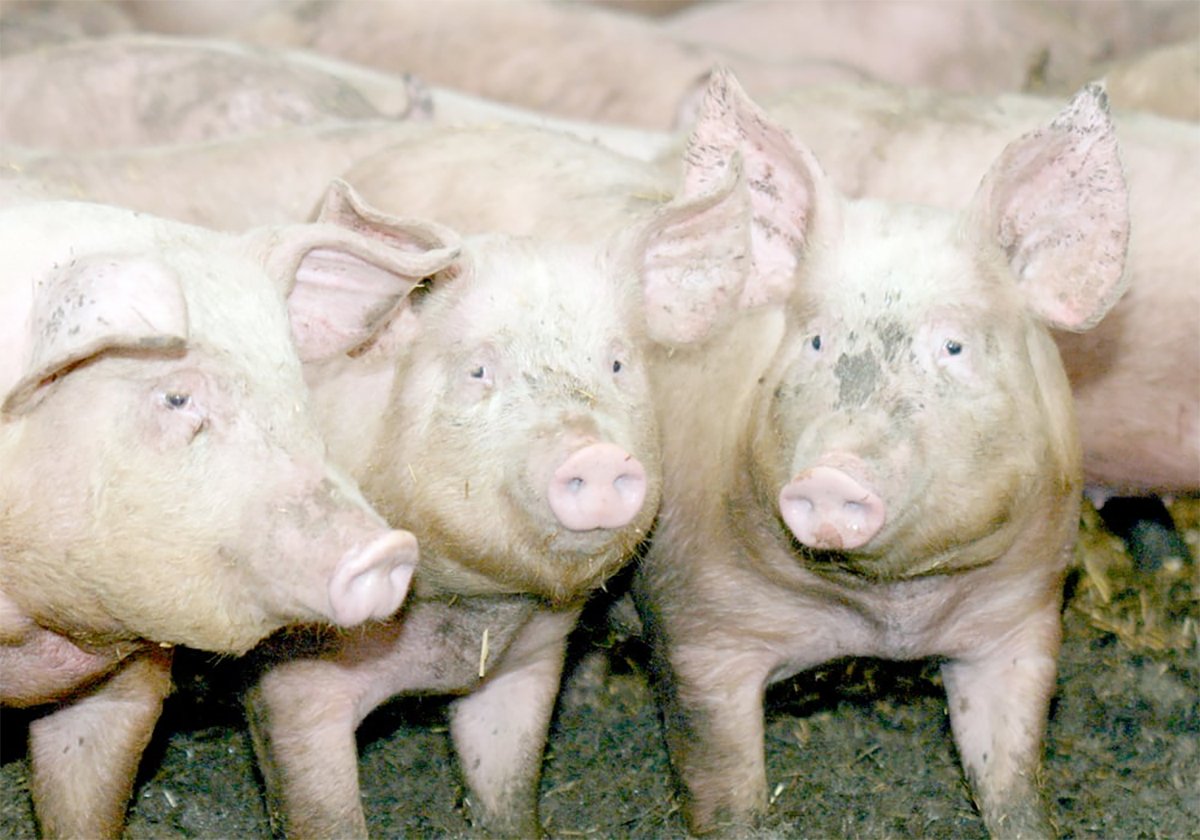Workshops planned | Livestock protection group hopes new strategies will reduce losses
Producers have many options when trying to prevent predator attacks.
Some of them even involve the precept of live and let live.
Janine Stewart, a human wildlife conflict biologist in Swan River, Man., has consulted over the last few years with producers who have several generations of coyotes living alongside their farms that have never caused them problems.
“They mutually ignore one another and peacefully coexist,” said Stewart.
“This situation is ideal, as there’s a good possibility that, if they remove the predators not causing problems, they could be replaced by predators that do cause problems.”
Read Also

The Western Producer Livestock Report – November 13, 2025
Western Producer Livestock Report for November 13, 2025. See U.S. & Canadian hog prices, Canadian bison & lamb market data and sales insights.
Coyotes are responsible for 75 percent of the predator damage claims submitted in Manitoba. Wolves make up 20 percent and black bears, cougars and foxes account for the rest. These are the animals for which livestock predator species damage claims can be submitted.
About half the submitted claims are for beef calves less than 300 pounds.
Stewart said animal husbandry is a good place to start when attempting to prevent these kinds of attacks.
“If they have, for instance, a small herd of goats or sheep, they might consider night penning, because predators tend to be more active at night in their attacks,” said Stewart.
“It’s a good option for smaller herds, protecting them at night and supervising them during the day.”
Many fencing options are available to producers, such as electric and mesh fencing. Producers might also want to choose pastures less preferred by predators and avoid pastures with a lot of cover in which predators can hide.
“One method that’s been found very effective with Manitoba sheep producers is using livestock guarding animals (particularly guard dogs),” said Stewart.
“With this method, sheep producers have seen a dramatic drop in livestock attacks. A study came out last year that looked at the use of guard dogs in the protection of cattle, finding it very successful.”
Motion-activated noisemakers or lights are effective in the short-term, such as for a few days during calving, but animals become habituated to this sort of consistent stimulus.
Producers can also avoid attracting predators to their yards by not feeding deer and other prey animals, and by keeping both pets and pet food inside at night.
Manitoba’s Wildlife Act allows property owners to kill predators, except for cougars, on their own land in protection of their property. They can also allow someone else on their property if they have a valid license or special hunter’s permit. As well, producers can trap or hunt predators during a regulated season if they hold a regulated hunting license or trapping permit.
The province’s Problem Predatory Management Program is available to producers who have experienced livestock losses due to foxes, coyotes or wolves.
Producers who have a claim number can ask the Manitoba Trappers Association to send a trapper to their property to remove the problem predator at no cost to them.
A livestock predation protection working group was formed this spring comprising representatives from Manitoba Beef Producers, Manitoba Sheep Producers, the trappers association, Manitoba Conservation and Water Stewardship, Manitoba Agriculture, the Manitoba Agricultural Services Corp. and Agriculture Canada.
It will organize six workshops in Manitoba to discuss prevention, mitigation and compensation. Visit news.gov.mb.ca/news/index.html?item=18832 for more information.
The group hopes to distribute information to the public about prevention and mitigation options and review best management practices from other jurisdictions to see what can be applied in Manitoba.
“Over the last several years, damage claim payments have been increasing steadily, with last year being a record year with over $1 million paid out in livestock predation damages,” said Stewart.
“I’m really optimistic that all the different agencies involved in this working group will help turn this around.”
As well, producers who suffer waterfowl damage in their crops can use the Waterfowl Crop Damage Prevention Program to borrow scare cannons from conservation and water stewardship district offices. Using these devices is not recommended at night because some municipalities have noise bylaws.
The program also has instructions on its website for making scarecrows.
“It’s a pretty simple process with just a wooden pole and garbage bags attached,” said Stewart.
“They’re set up in a corridor at a certain spacing, deterring waterfowl from landing in the field. Recently, we purchased some scare eagles to loan to producers that are placed in the middle of their fields. We’re just in the initial testing stages for this.”















